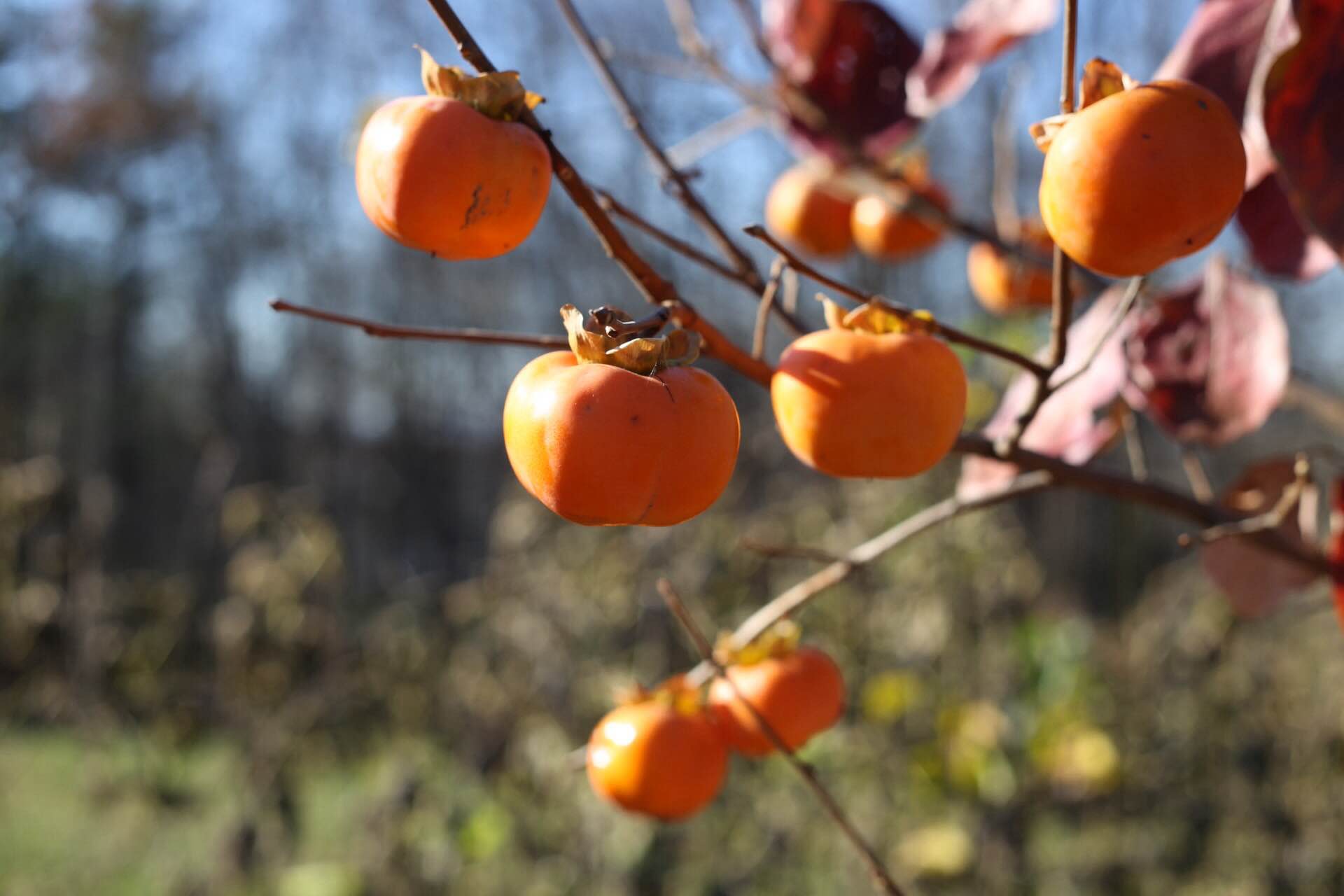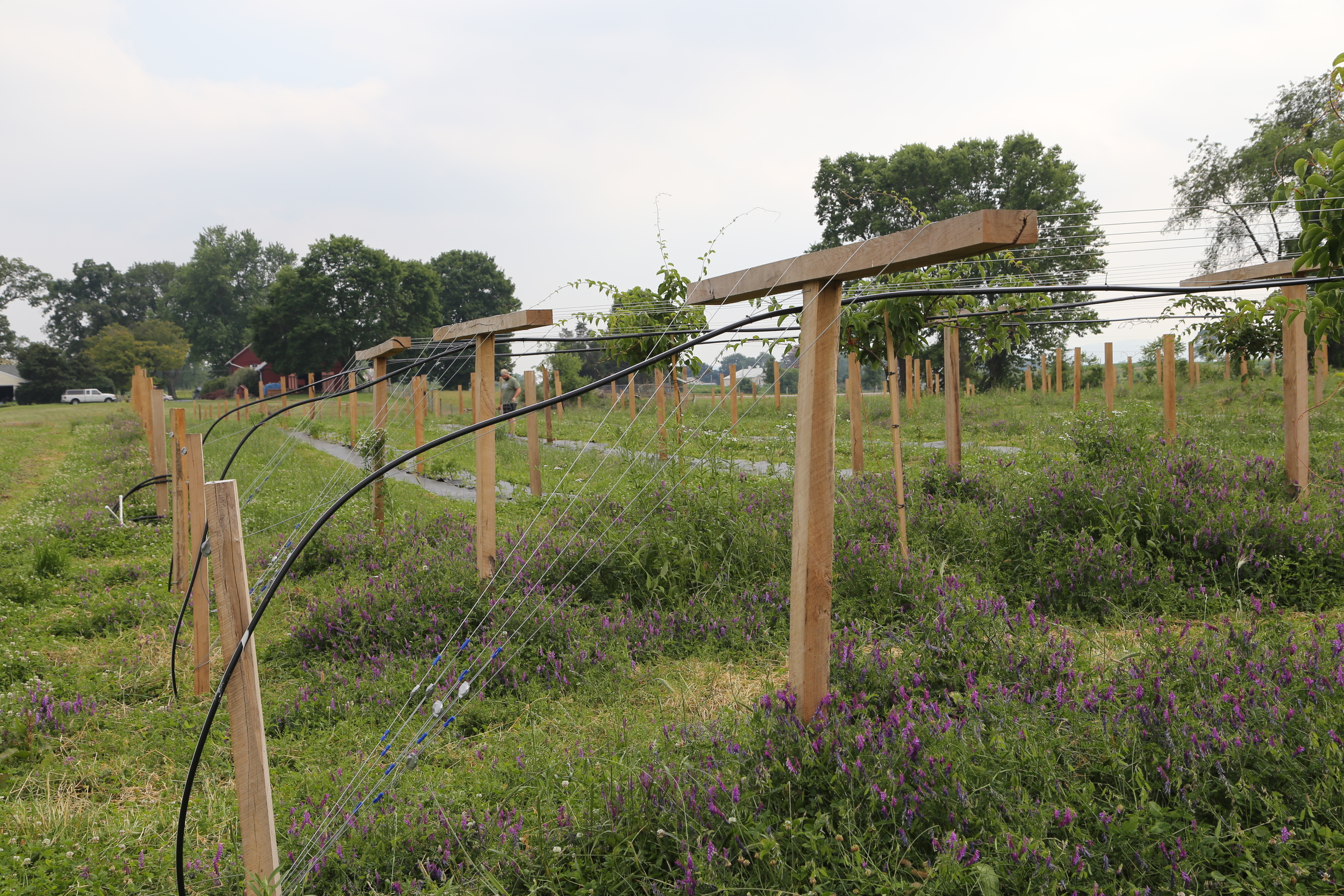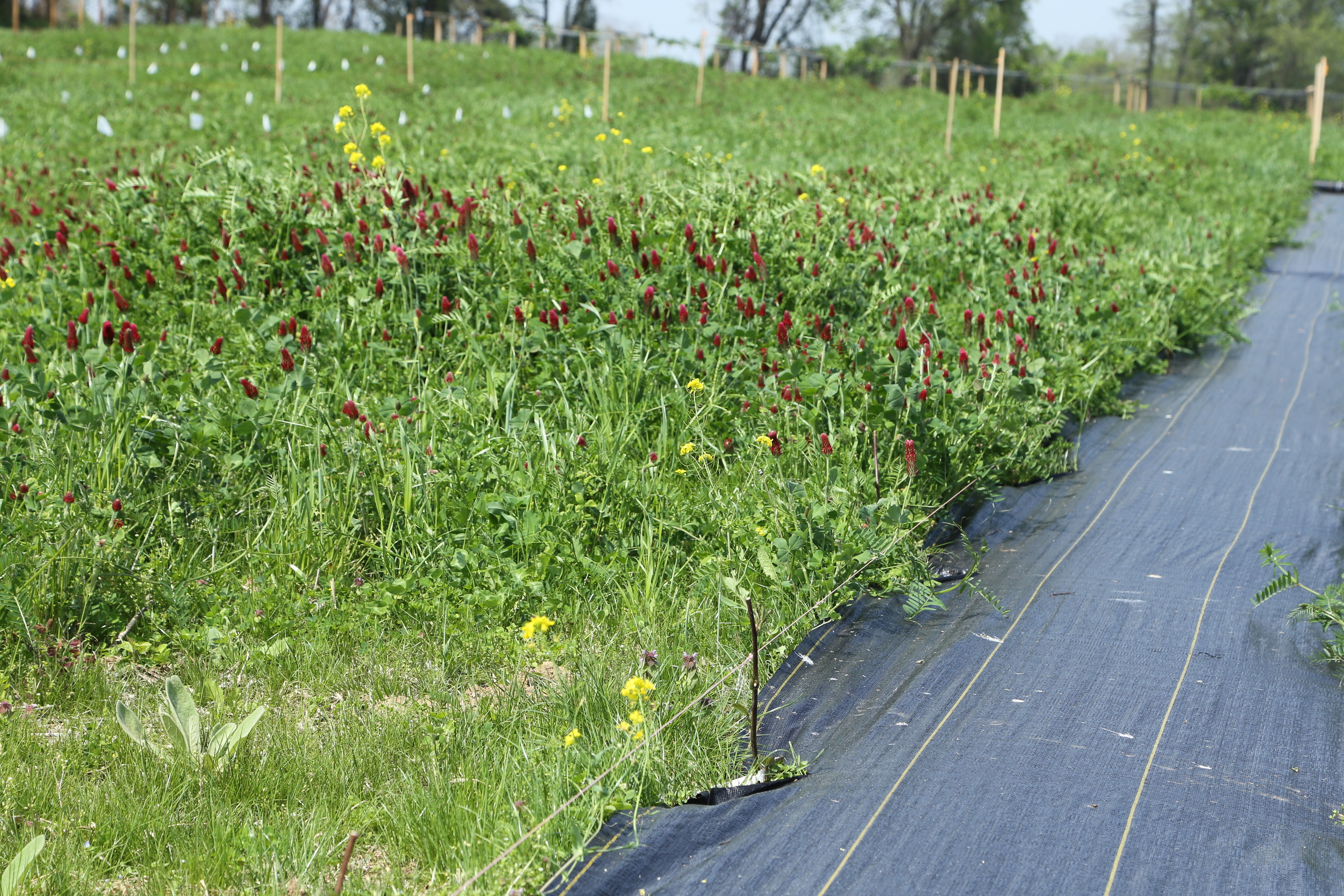Asian persimmons for zone 6b and 7a
/This is a bit of a niche post for us but lately I've been doing a lot of thinking and researching on hardy Asian persimmons (Diospyros kaki) for our climate. Traditionally these persimmons are grown in a far more hospitable climate and are ideally suited to a zone 8 or higher climate. As a result, most of the fruit we see here on the East coast is flown in from California.
Still, we've grown a number of kaki persimmons here (Great Wall, Jiro, Saijo, Ichi ki kei jiro) and have heard of others growing them successfully in weather that approaches and dips below zero on a regular basis. In my research to find hardy cultivars I kept hearing of the Wye Research and Education Center (WREC) in Queenstown, Maryland as having a significant planting of Asian persimmons that dated back a number of years.
The climate of Wye is similar to ours, with a bit more of a coastal influence, so I was interested in seeing historical data on the survival of different cultivars. However in my searching I couldn't find any hard data except for a few scattered internet posts naming off a few cultivars. In the meantime I emailed someone at WREC to see if it might be possible to visit the center and see the planting for myself. What I heard back was that while WREC's persimmon planting wasn't in good shape anymore, a research bulletin was published a while back that contained a good many of the findings. My contact offered to send the bulletin via postal mail and, after I found the information extremely valuable, mentioned that I could make it available in digital form. I'm posting this document (Persimmons for Maryland - An Alternative Crop or Home Fruit) to help others in their search for hardy kaki persimmons. The information in the document is valuable as it tracks hardiness over a few decades. Click here or the image below for a PDF copy of the document.
Thanks to the University of Maryland and WREC for this invaluable information.
Kaki persimmons are delicious and we look forward to them being part of our orchard. We realize we may have to contend with some dieback in certain cold years but the fruit, we feel, is worth it. As a side note, our "Great Wall" persimmon has, as this document confirms, been perfectly hardy here, even after back-to-back really harsh -5F and -3F winters that got cold and stayed cold. It's also one of the cultivars that has really beautiful fall color as seen below.
Which cultivars did we ultimately choose? The verdict is still out as we're trialing some of the varieties here as well as some recent kaki crosses with our native persimmon. Still, based on this research it looks like there's room for both astringent and non-astringent persimmons in our planting. Check back with us to see more as we plan out our planting of persimmons in the next few years!
Note from October 2021: Our previous copy of the PDF was hosted on Google Drive and permissions changed which caused it to be unavailable. We’ve since made it available directly through our site. Sorry for the inconvenience.
Beautiful fall color of 'Great Wall'
Bright orange persimmons hanging on to the tree late into the fall after the leaves are gone.




















